Focus on Operational Efficiency
In the Drilling Automation Market, there is a pronounced focus on enhancing operational efficiency. Companies are increasingly recognizing that automation can streamline processes, reduce downtime, and improve overall productivity. By implementing automated drilling systems, firms can achieve higher rates of penetration and optimize drilling trajectories, which can lead to significant time savings. Data indicates that automated drilling operations can reduce drilling time by up to 40% compared to traditional methods. This efficiency not only translates to cost savings but also allows for quicker responses to market demands. As competition intensifies, the drive for operational efficiency through automation is likely to become a critical differentiator among industry players.
Rising Demand for Energy Resources
The Drilling Automation Market is significantly influenced by the rising demand for energy resources, particularly oil and natural gas. As economies continue to grow, the need for efficient extraction methods becomes paramount. The automation of drilling processes not only accelerates production rates but also minimizes operational costs. Recent data suggests that the global energy demand is projected to increase by 25% by 2030, necessitating the adoption of advanced drilling technologies. Companies are increasingly investing in automated solutions to meet this demand while adhering to regulatory standards. This shift towards automation is likely to reshape the competitive landscape, as firms that embrace these technologies may gain a substantial advantage in resource extraction.
Investment in Research and Development
Investment in research and development is a pivotal driver in the Drilling Automation Market. Companies are allocating substantial resources to innovate and develop new technologies that enhance drilling automation. This focus on R&D is crucial for staying competitive in a rapidly evolving market. Recent statistics indicate that firms investing in automation technologies are likely to see a return on investment of up to 25% within the first few years. Moreover, advancements in sensor technology and data analytics are paving the way for more sophisticated automated systems. As the industry continues to evolve, the emphasis on R&D will likely play a significant role in shaping the future landscape of drilling automation.
Regulatory Compliance and Safety Standards
The Drilling Automation Market is also shaped by stringent regulatory compliance and safety standards. Governments and regulatory bodies are increasingly mandating the adoption of technologies that enhance safety and minimize environmental impact. Automated drilling systems are designed to adhere to these regulations, thereby reducing the risk of accidents and environmental hazards. For instance, automated monitoring systems can detect anomalies in real-time, allowing for immediate corrective actions. This proactive approach not only ensures compliance but also fosters a culture of safety within organizations. As regulations continue to evolve, the demand for automated solutions that meet these standards is expected to rise, driving growth in the drilling automation sector.
Technological Advancements in Drilling Automation
The Drilling Automation Market is experiencing a surge in technological advancements, particularly in the realm of robotics and artificial intelligence. These innovations are enhancing operational efficiency and reducing human error. For instance, the integration of machine learning algorithms allows for real-time data analysis, which optimizes drilling parameters and improves decision-making processes. As a result, companies are witnessing a reduction in drilling costs by approximately 20 to 30%. Furthermore, the adoption of automated drilling rigs is expected to increase, with projections indicating a market growth rate of around 15% annually over the next five years. This trend underscores the industry's commitment to leveraging cutting-edge technology to enhance productivity and safety.


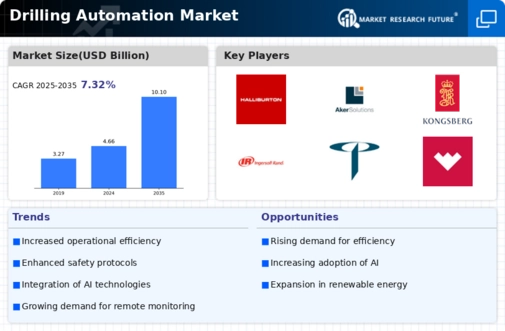
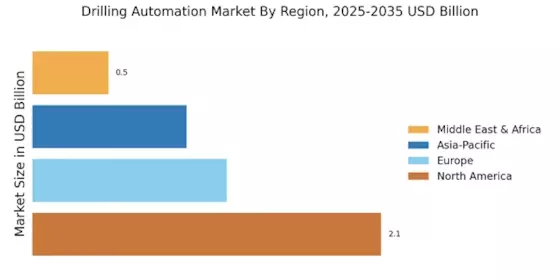

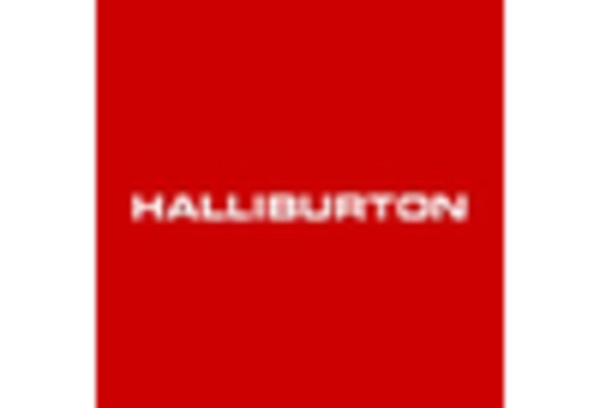
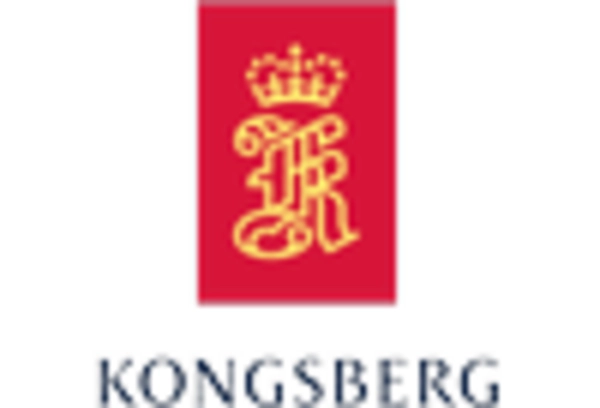
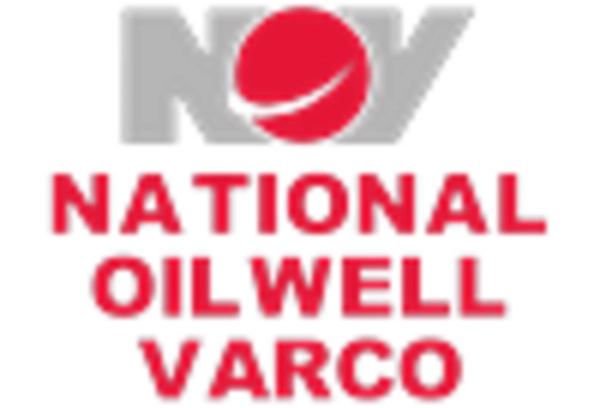
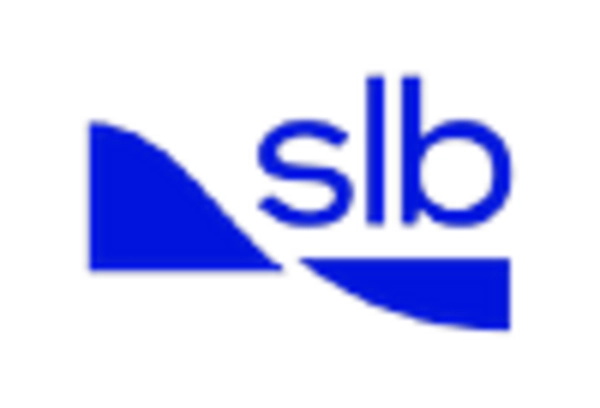









Leave a Comment